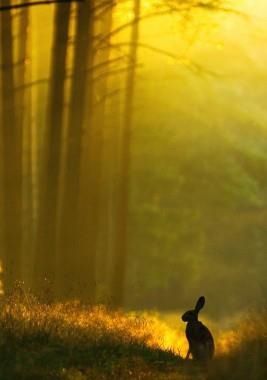Dear Integral Meditators,
How can being mindful of our boredom make us more creative and enhance the quality of our life? The article below considers the answer to this question in a practical way.
In the spirit of ‘mindful fishing’,
Toby
PS: New schedule of live classes and workshops is out, check out the list below the article!
 On boredom, creativity & ‘mindful fishing’
On boredom, creativity & ‘mindful fishing’
One of the problems of having distractions always available to us at hand which we all do now with handphones, is that we are not forced to encounter and learn to value the state of boredom. Why is boredom valuable? For the purposes of this article I want to suggest that boredom is a valuable state of mind as it often happens when we are transitioning from a functional, non-creative, information-consuming mental state to a creative, imaginative mind-state.
What do I mean by this? Let’s say I am coming home from work on an evening. My work tasks have been completed, and I find myself on the train or bus. My functional mind that I have been using at work now starts to get bored because there is nothing to do; it wants some information to consume, a distraction, it does not want to have to sit still and simply ‘be’ because it finds it uncomfortable.
At this point, what normally happens is we reach for our phone and distract ourselves by reading the online news, texting, playing a video game and so on. This re-engages our functional, doing mind, distracts us from our anxiety, and alleviates our boredom temporarily. It doesn’t necessarily make us happy per-se, it just alleviates the discomfort of the boredom.
But let’s say we are feeling bored on the train and we resist the temptation to distract ourselves, and just sit with the state of boredom, sinking into it patiently. What we find will then starts to happen is our mind will begin to shift from a consuming, non-creative state to a slightly deeper, creative, contemplative state. Put another way, instead of looking to be entertained or distracted, our mind will start coming up with its own creative content and entertainment, it starts to produce rather than consume.
Once this shift happens we naturally transition out of our ‘bored’ mind state, and begin to enjoy the relaxed, contemplative, imaginative state that our mind has now moved into, because of having patiently tolerated and moved through our boredom.
Basically, what I am advocating here is that when we find ourselves getting bored, instead of looking impulsively for distractions, we can mindfully relax into that state of boredom. This in turn will enable us to transition from a non-creative, functional mind state to a creative, contemplative, ‘self-entertaining’ state. In this creative state, we discover the part of us that is ‘the artist and philosopher’ in our life; that part of us that is self-directed and self-entertaining. This part of ourself enjoys thinking for him/herself, enjoys finding her own opinions, enjoys seeing things from new angles and thinking thoughts that have not occurred to us before.
Transitioning boredom though ‘mindful fishing’.
The next time you are in a place where there is nothing to ‘do’ (Eg: a commute home) and you sense your mind getting restless, bored and looking for a distraction, recognize the opportunity at hand to transition to a more creative mode. Relax into your boredom, perhaps imagine yourself fishing by a lake, just looking at the line and the water in front of you; relax into that state of ‘waiting for a bite from the fish’. In this case the ‘bite from the fish’ that you are looking for is the emergence of creative thoughts and ideas as you transition into your creative contemplative state. This happens not by trying hard, but relaxing into the boredom and allowing your mind to ‘change gears’ naturally, by itself, without being in a hurry.
So, the next time you start feeling bored instead of finding something to distract yourself, try a bit of mindful fishing!
© Toby Ouvry 2017, you are welcome to use or share this article, but please cite Toby as the source and include reference to his website www.tobyouvry.com
Upcoming Courses at Integral Meditation Asia
Ongoing on Wednesday’s, 7.30-8.30pm – Wednesday Meditation Classes at Basic Essence with Toby
Ongoing on Tuesday evenings from November, 7.30-8.30pm – Tuesday Meditation Classes at One Heart with Toby (East coast)
Saturday April 1st, 1.30-5pm – Meditations for Transforming Negativity and Stress into Energy, Positivity and Enlightenment – A Three Hour Workshop
Saturday April 8th, 9.30am-12.30pm – Integral meditation & mindfulness deep dive half day retreat
Saturday 29th April, 10am-5pm & Monday 8th May, 10am-5pm – How to do Soul Portraits Workshop
Integral Meditation Asia
Online Courses * 1:1 Coaching * Books * Live Workshops * Corporate Mindfulness Training *Life-Coaching * Meditation Technology

